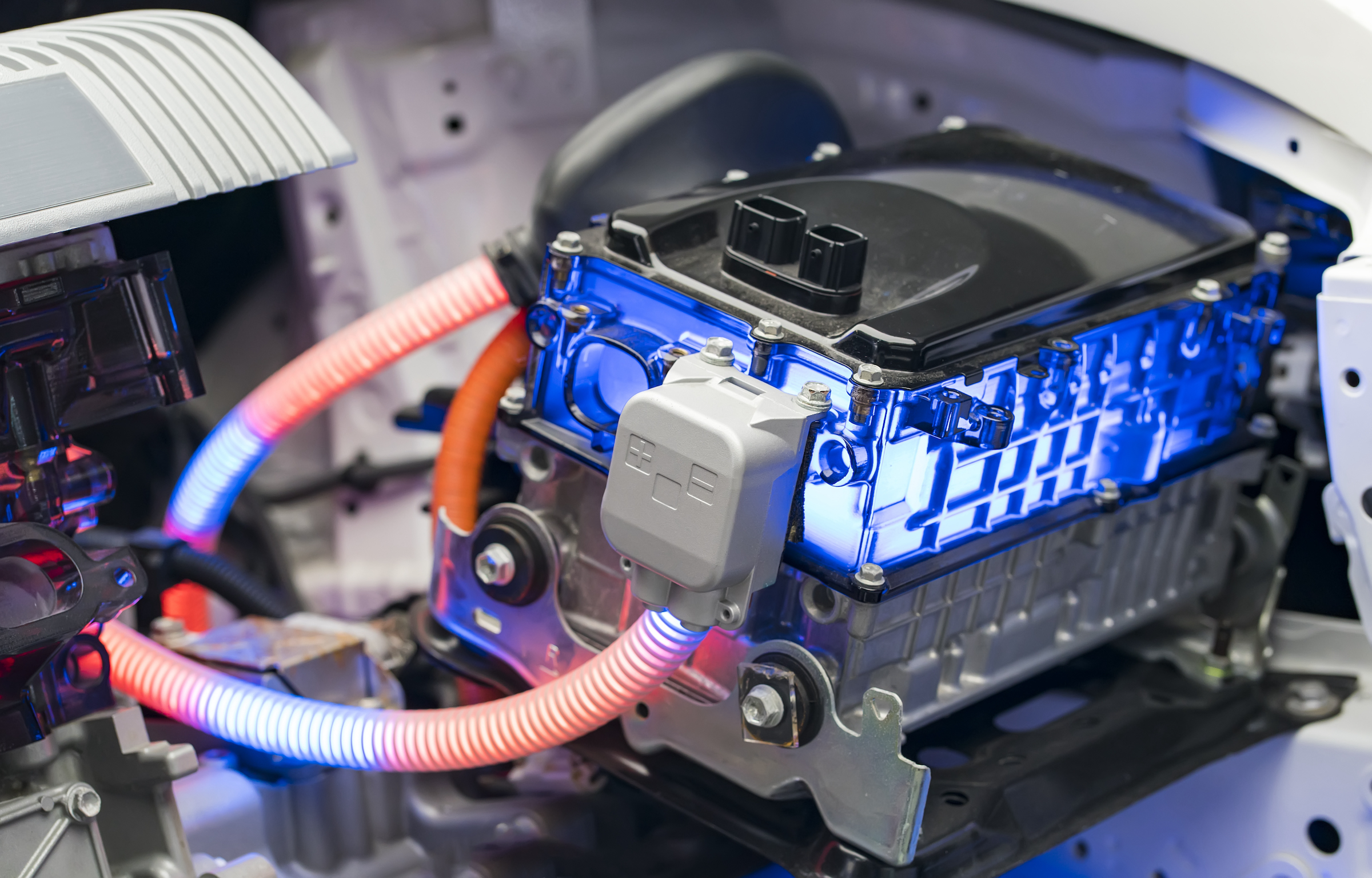The Kevlar of bulletproof vests could be the secret to multiply the autonomy of electric cars by five

The autonomy of electric cars could be greatly increased with the new discovery that has been made by adding Kevlar to the batteries of these vehicles.
Electric cars seem to be the future, but there are still many factors to be resolved when considering this type of vehicle. One of these factors is autonomy and, despite being extensive, the network of electric chargers still does not have the reach of conventional gas stations.
In fact, many users express their concern about autonomy before buying an electric car and, it may be, that this is the decisive factor when making the leap to this technology. Of course, the advances are going apace and, now, it seems that we have a very bright light at the end of the tunnel.
This advance has come from the hand of a University of Michigan research team in United States. The achievement has been stabilize chemical reaction between the lithium anode and the sulfur cathode of a lithium battery in such a way that the resulting batteries had a higher than normal capacity.
What was found is that the batteries generated with this new process had an energy density five times higher than conventional ones. How have they achieved it? The key to everything has been a new material used to stabilize the reaction.
Yes, the material with which the bulletproof vests It also has another utility. Of course, the researchers have not put a piece of Kevlar directly into the reaction. What they have done is use a network of recycled Kevlar aramid nanofibers.
What this aramid network has done is facilitate the flow of ions between lithium and sulfur. What’s more, This network has prevented the generation of waste such as polysulfides that affect the battery, reducing its capacity and useful life.. The battery obtained from this new process has been put to the test.
In the different tests that the researchers have carried out, they have obtained data such as, for example, that withstands more than 1,000 charge cycles. This could translate into a useful life of at least 10 years. It will be necessary to see if the manufacturers are interested in this new technology.
Reference-computerhoy.com